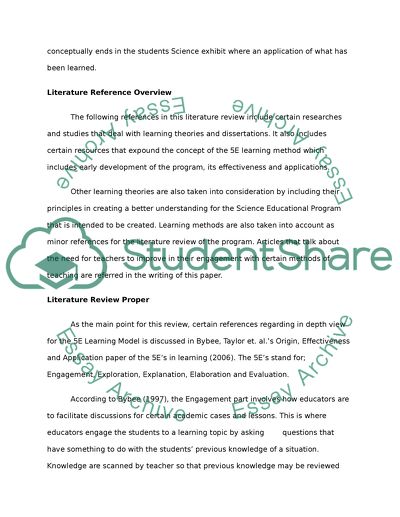Cite this document
(“Literature Review for Program Design Research Paper”, n.d.)
Retrieved from https://studentshare.org/education/1435544-literature-review-for-program-design-attached-is
Retrieved from https://studentshare.org/education/1435544-literature-review-for-program-design-attached-is
(Literature Review for Program Design Research Paper)
https://studentshare.org/education/1435544-literature-review-for-program-design-attached-is.
https://studentshare.org/education/1435544-literature-review-for-program-design-attached-is.
“Literature Review for Program Design Research Paper”, n.d. https://studentshare.org/education/1435544-literature-review-for-program-design-attached-is.


